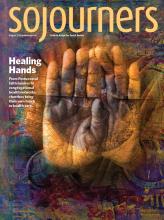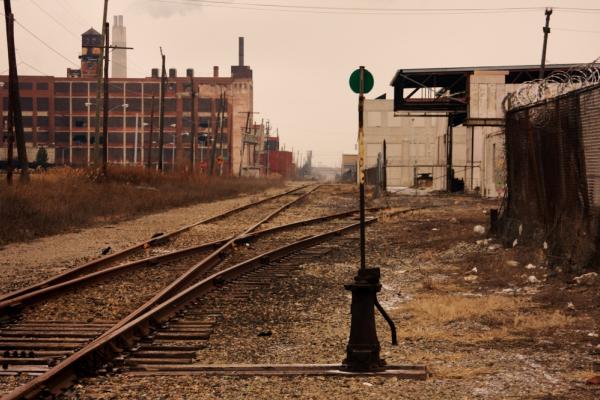UNTIL RECENTLY, a company in New York City offered “a ride through a real New York City ‘ghetto’”—a $45 bus tour of the Bronx, reportedly patronized mainly by European and Australian tourists. One news report described the tour guide sharing lurid stories of crime and arson from the ’70s and ’80s, making insensitive comments about everything from local architectural landmarks to people waiting in line at a food pantry, and warning about the “pickpockets” in wait in a certain park. After an outcry from residents and officials, angry that the place they call home would be reduced to out-of-touch stereotypes, the tour company shut down in May.
That someone would even think of fleecing misguided tourists this way hints at the complicated, sometimes contradictory, role that cities play in our culture: In our collective imagination they represent both civilization’s pinnacle (arts, style, technology, intellectualism, innovation, industry, finance) and depravity’s depths (crime, corruption, exploitation, decadence, filth). For much of the 20th century, many people of means fled cities for the pastoral promise of the suburbs, while many a farm girl or boy dreamed of escaping to a city and tasting the bustle and thrill: “Until I saw your city lights, honey I was blind.”
And yet cities are not only symbols, but real and intricate places. Whether booming or busting, they shape and are shaped by the people in them. Both the built structures and the people of a city have stories to tell. But a fleeting tour-bus view with distorted narration can lead us down an alley with no exit.
Here are some different takes on the bright lights of the big city.
Read the Full Article

